Recently I attended a “Poverty Simulation” program sponsored by Leadership San Jose. I am a graduate of the San Jose Leadership program, and served as President of the Alumni Association. The poverty simulation was hosted by a homeless shelter in Santa Clara County.
Before immersing ourselves in the simulation, we toured the homeless shelter to have a better understanding of the challenges they face serving the needs of their community. The forty participants were then ushered into a large auditorium, where we received our new identities. We were given a nametag with our history and picture attached. I immediately became “Kate Kreshnick”, a 57 year old disabled woman who was unable take care of herself. My family consisted of a son, Chris, who was 37 years old and employed in an entry-level position; his wife, Michelle, was 36 and not working outside the home; and my 15 year old granddaughter, Tiffany, who loved after school sports and had a part time job.
We were armed with a packet of materials that consisted of social security cards, food vouchers, transportation vouchers, and the title to an older automobile. We had a monthly budget for household expenses, and a jewelry card and a camera card for us to use if we wanted to pawn some of our treasures in return for cold, hard cash. Our financial obligations for the month included food, clothing, mortgage, car payment, utilities and other necessary expense items. As a family, we had to make weekly decisions (one hour represented one week) on how we would meet our debt obligations with our minimal income, including an emergency or unknown expense that may occur.
Our community consisted of tables lined up along the walls of the auditorium, with people representing a variety of services and programs we could use to help us get through the month. Social Services, food stamps, grocery store, clothing store, pawn shop, homeless shelter, workplaces, Interfaith Council, police department, juvenile hall and many more community service options were represented on the outer walls of our neighborhood.
The beginning of the 4-hour simulation was fun at first; I felt confident we could meet the challenge of living on the income assigned to us. But, after the first “week”, I began to feel stressed and uncomfortable about having so little money to meet our basic needs and financial obligations. By our second week, we had already run out of money and could not purchase food for the week. At the beginning of the last week, we tried to sell our car back to the bank, but the line was so long the bank closed before we could complete the transaction. We were near the point of losing everything, and needed to move into the homeless shelter.
During the de-briefing after the simulation, we all expressed the same feelings of frustration, helplessness and feeling completely alone. Many of us did not know how the different agencies could help us, so we just wallowed in our helplessness. The greatest surprise at the end of the exercise was finding out the “staff” members at the community service groups had all been homeless at one time. They were able to share stories of being homeless and living on the streets, as well as their own frustrations with the lack of knowledge on available assistance.
I left with a sincere feeling of gratitude and a new understanding of the challenges of being homeless, hungry and lonely. I would encourage everyone to take advantage of a poverty simulation if it is ever offered. The next time you see a homeless person, you may change the way you see them.
Sherry Simmons, Community Vision Resource Development Director





